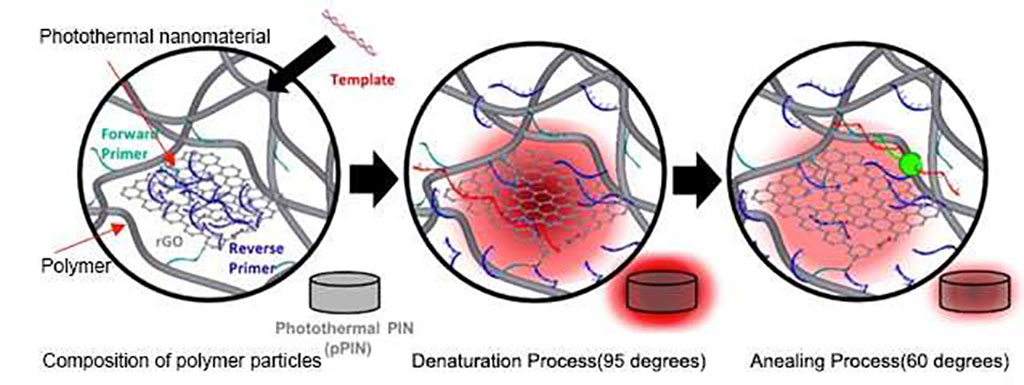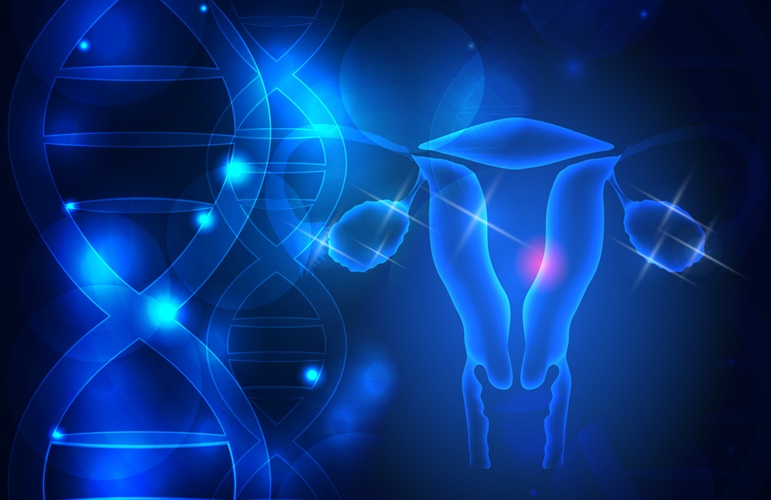New Ultrafast 5-Minute PCR Technology Faster Than Self-Diagnosis Kits
Posted on 25 Feb 2023
PCR technology which detects target nucleic acids by amplifying the DNA amount has witnessed significant progress in the life sciences field since it was first developed in 1984. The molecular diagnostics technology achieved public familiarity during the COVID-19 pandemic, as PCR is capable of detecting nucleic acids that identify the COVID-19 virus. However, the technical nature of the PCR test makes it impossible for the results to be delivered before one to two hours due to its need for repeated temperature cycles (60~95℃). Now, a new ultrafast PCR technology uses photothermal nanomaterials to shorten the test time by 10-fold, as compared with the time taken by the existing test. The new method can be completed in five minutes and delivers a diagnostic performance that is similar to that of the existing test method.
Photothermal nanomaterials generate heat immediately upon light irradiation and rapidly increase in temperature, although the performance can be difficult to maintain due to their low stability. A research team at Korea Institute of Science and Technology (KIST) has developed a polymer composite that physically holds photothermal nanomaterials and can overcome their instability. By applying it to a PCR system, the team has developed a compact PCR system without a heat plate. Additionally, the researchers have implemented a multiplex diagnostic technology that detects several genes simultaneously, enabling it to distinguish several types of COVID-19 variants in a single reaction.

"Through additional research, we plan to miniaturize the developed ultrafast PCR technology this year, to develop a device that can be utilized anywhere," said Dr. Sang Kyung Kim, Director at the Center for Augmented Safety System with Intelligence, Sensing of the KIST. "While maintaining the strength of PCR as an accurate diagnostic method, we will increase its convenience, field applicability, and promptness, by which we expect that it will become a precision diagnostic device that can be used at primary local clinics, pharmacies, and even at home. In addition, PCR technology is a universal molecular diagnostic technology that can be applied to various diseases other than infectious diseases, so it will become more applicable."
Related Links:
KIST













